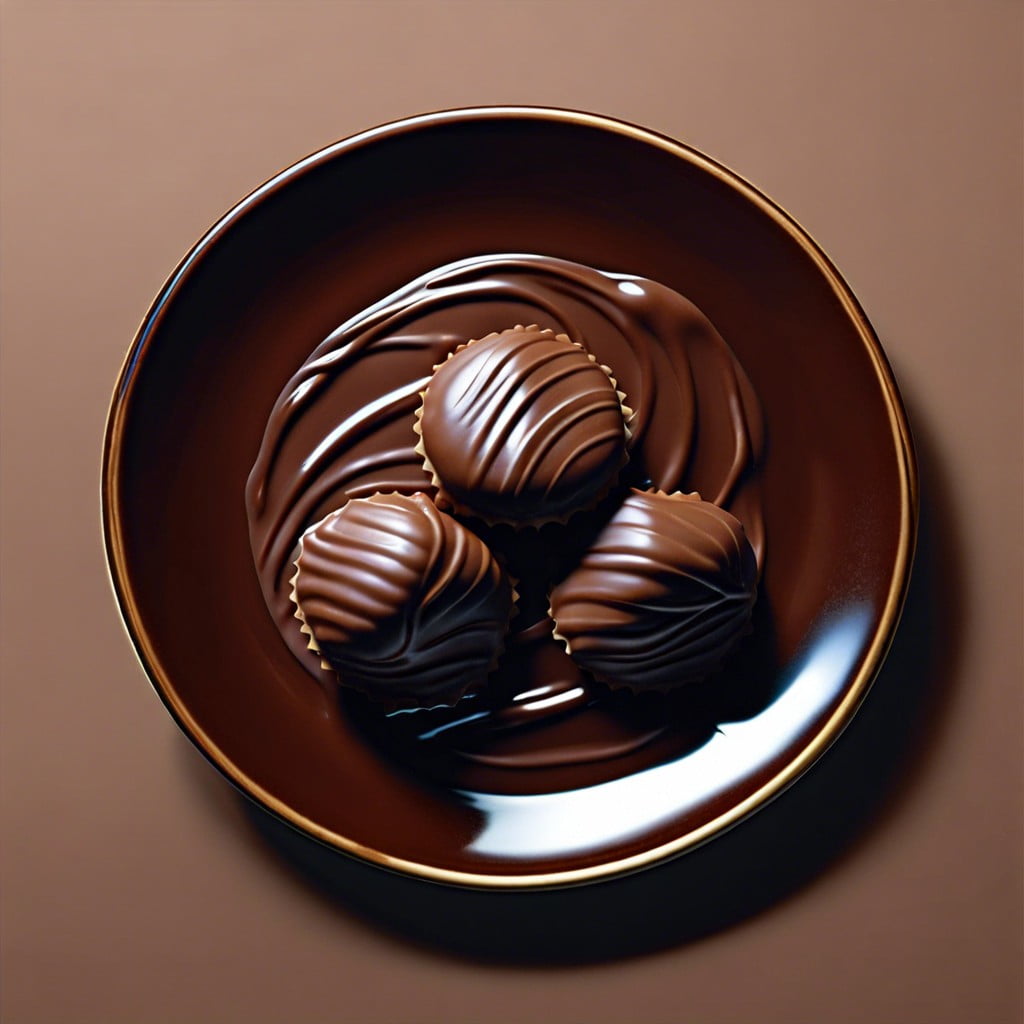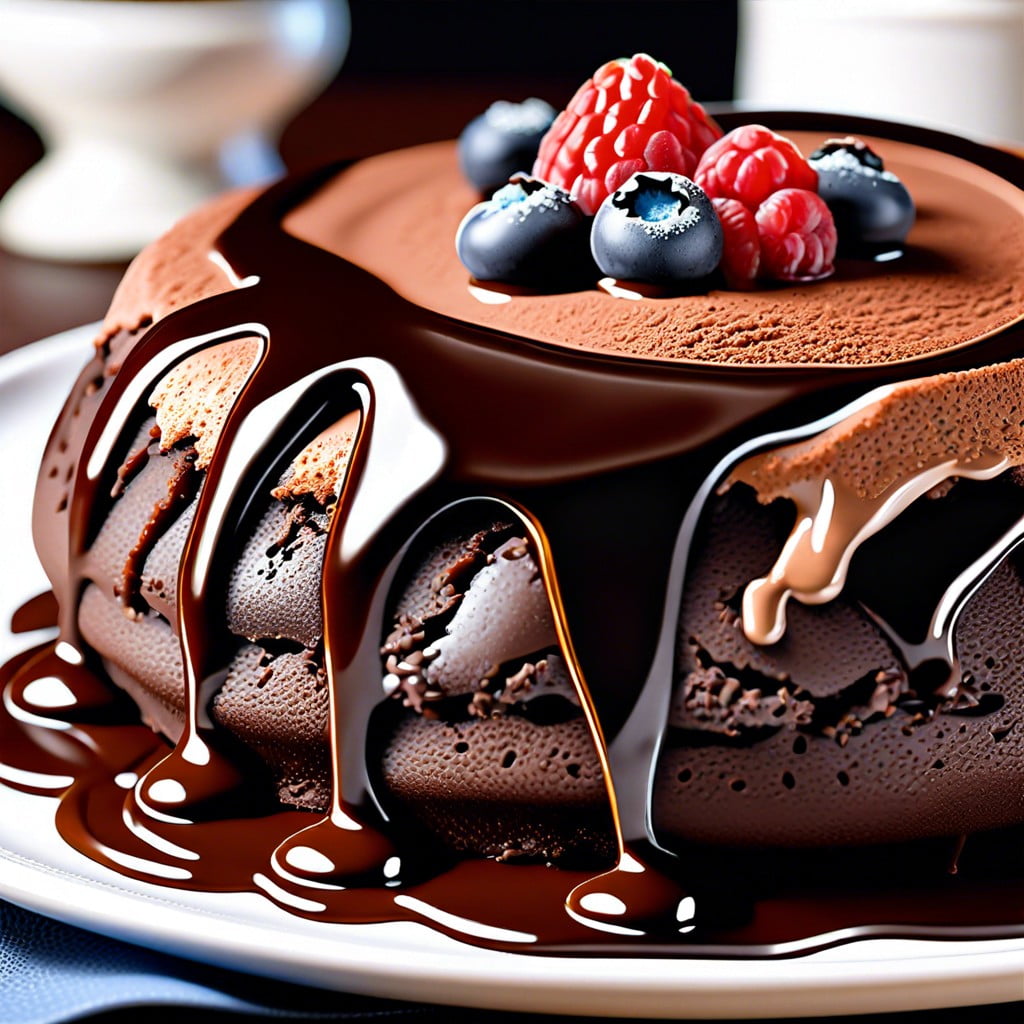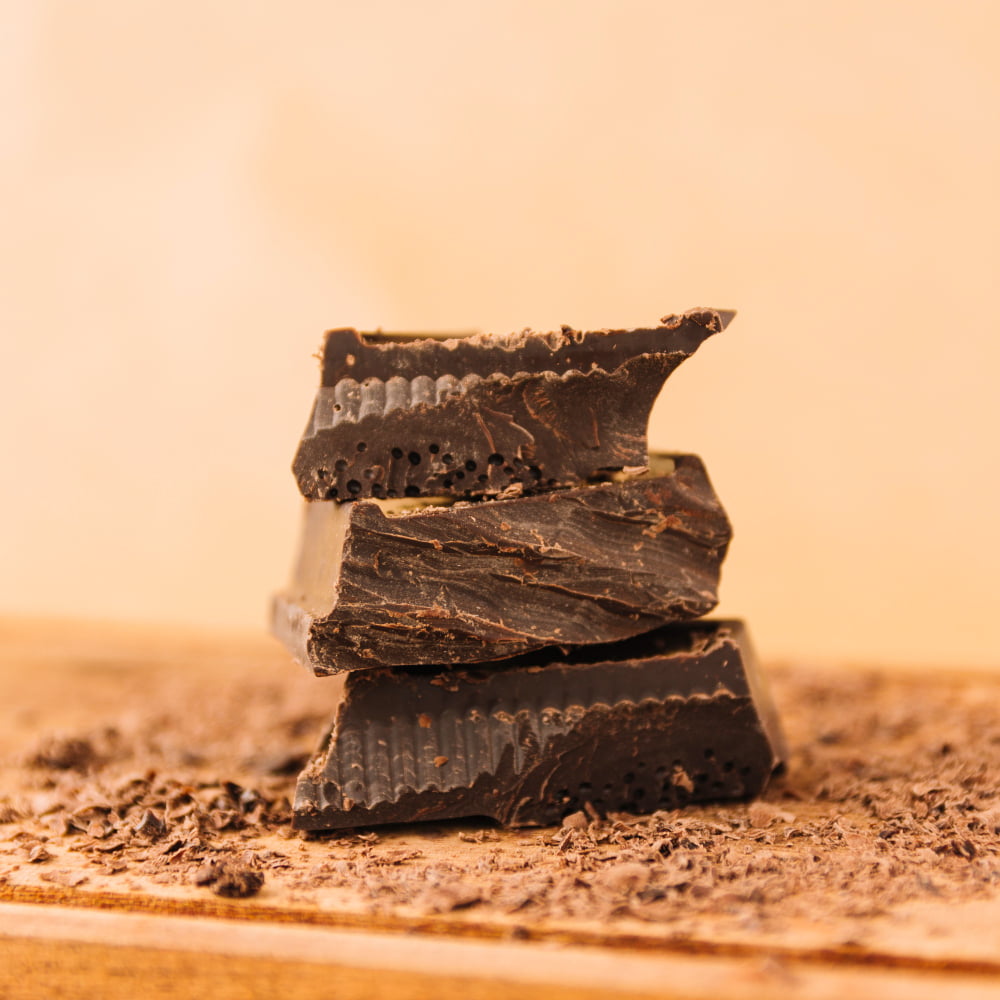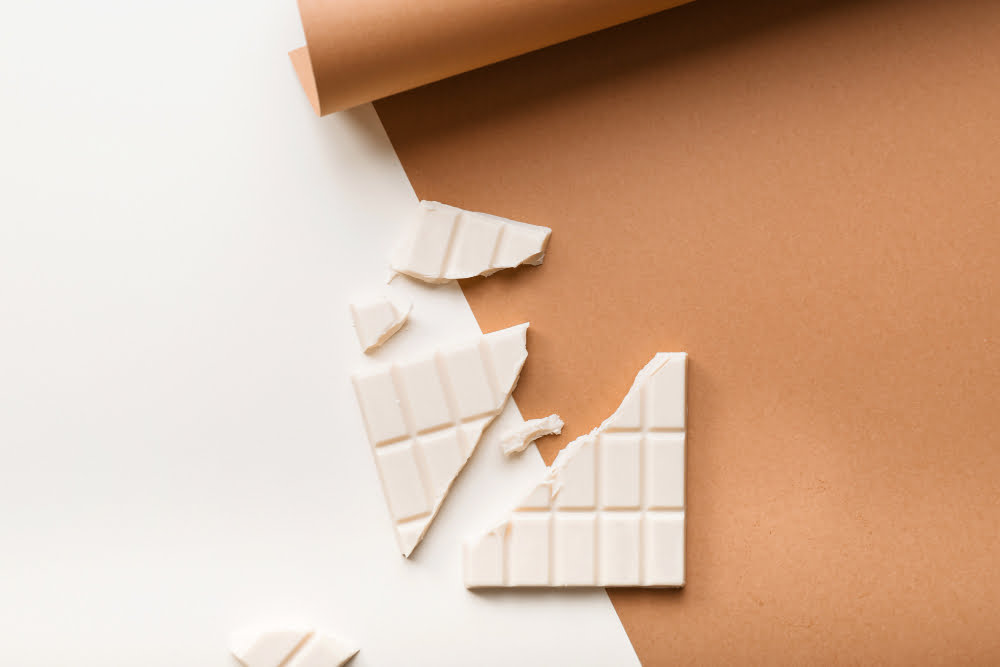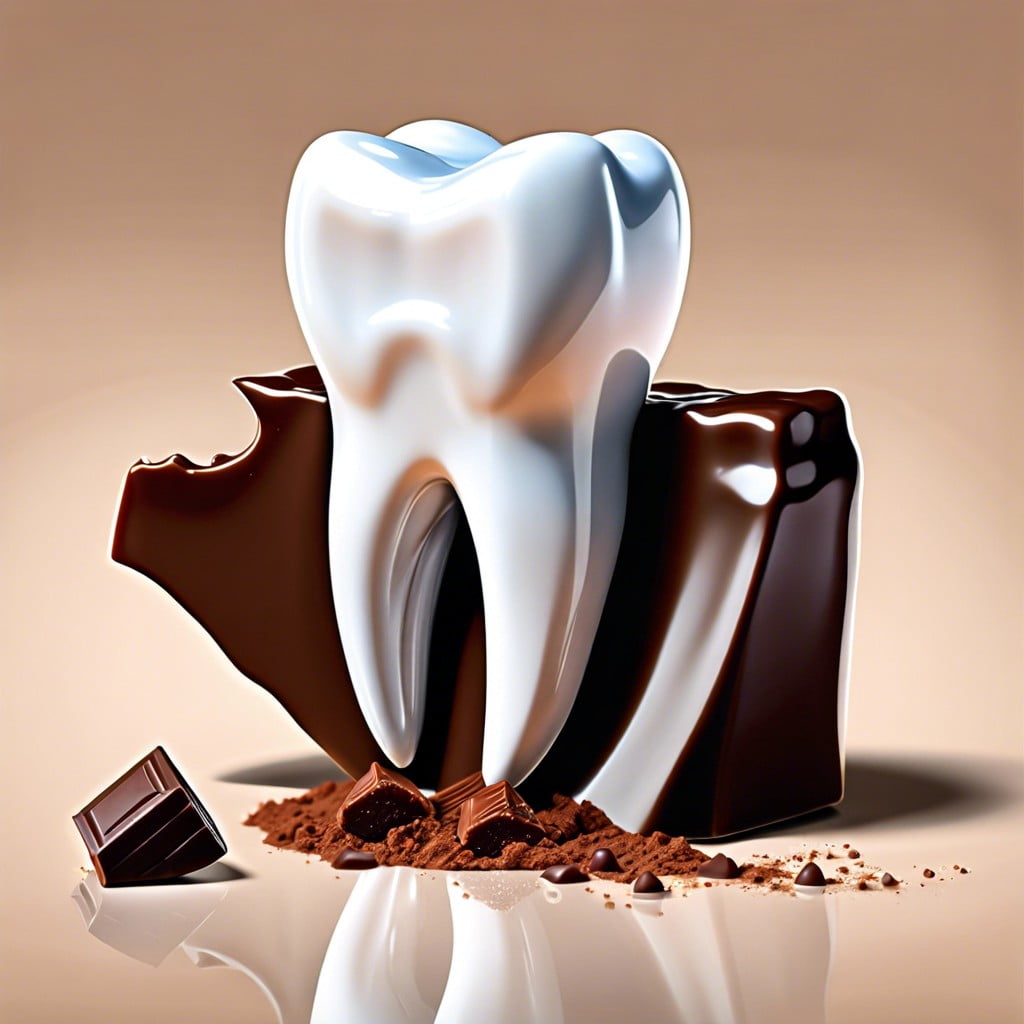Learn how to convert 12 ounces of chocolate to cups with this simple measurement guide.To convert 12 ounces to cups, it is essential to consider the density of the material being measured. For chocolate, which is denser than water, 12 ounces would not equate to the 1.5 cups as it would with water. Instead, since baking chocolate is often measured in ounces, you can use the following approximation: 1 ounce of chocolate equals about 0.1428 cups. Thus, 12 ounces of chocolate converts to approximately 1.71 cups. This estimation is useful when following recipes that call for cup measurements rather than ounces. It is important to note, however, that this conversion can vary slightly depending on the type of chocolate and its form, such as chocolate chips or cocoa powder. For greater precision, especially in baking, weighing chocolate is recommended.
Key takeaways:
- 12 oz of chocolate is approximately 1.71 cups.
- Different ingredients have different conversion ratios.
- Use the appropriate cup for dry or liquid ingredients.
- A kitchen scale ensures accurate measurements.
- Conversion ratios may vary due to factors like humidity.
Inside
Understanding Volume Measurements in Cooking
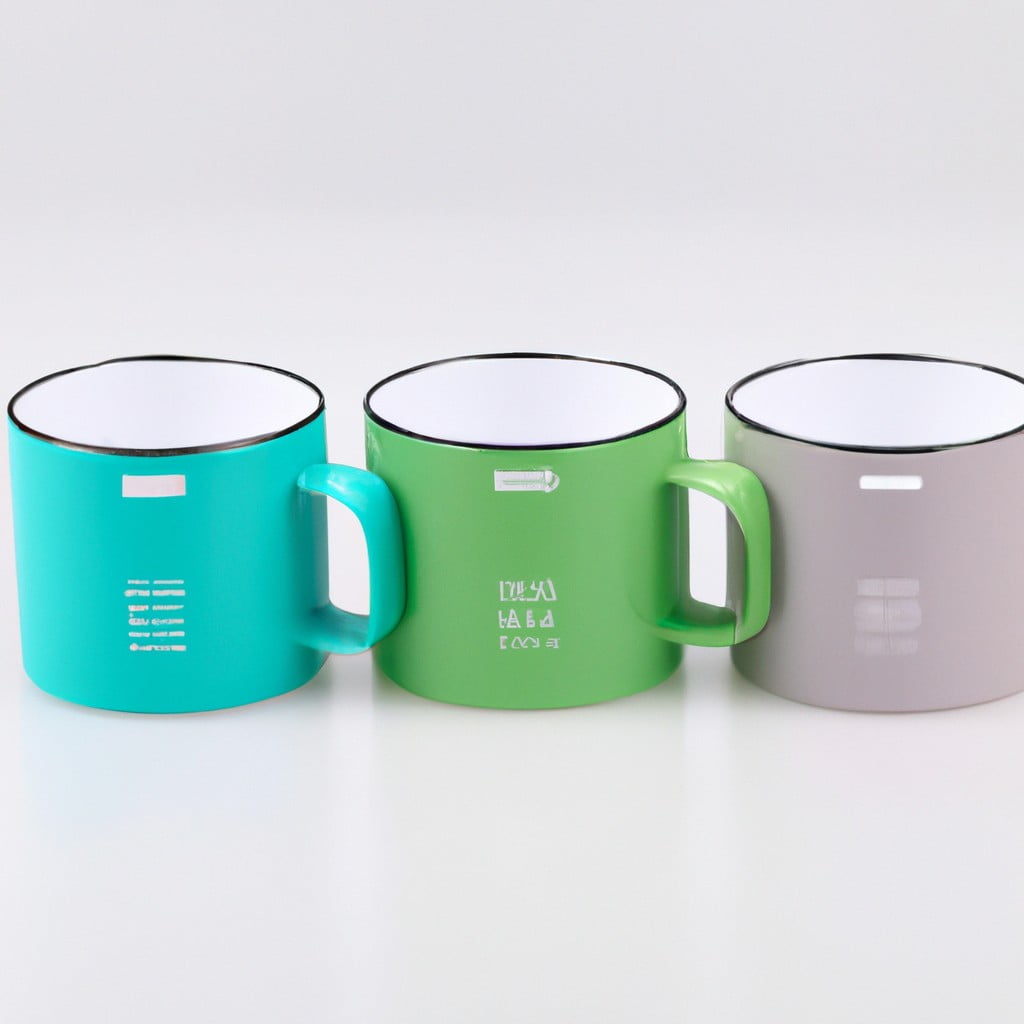
Volume measurements are crucial for following recipes accurately and ensuring the intended results. When measuring components like chocolate for a recipe, consider that liquids and dry ingredients occupy space differently, which is why there are specific cups for each type.
Fluid ounces measure volume, not weight, making them distinct from ounces that measure weight. Most standard cup measures align with the United States customary system, where 1 cup equals 8 fluid ounces. This conversion is pivotal when scaling recipes up or down or when using tools like measuring jugs that may only have ounces or milliliters.
Understanding this will help maintain the consistency and flavor profile of chocolate creations, whether it’s a rich ganache or a batch of delicate truffles. Always level off dry ingredients with a flat edge for precision, and pour liquids to the desired line for accuracy.
Ounce to Cup Conversion for Common Ingredients
To convert ounces to cups for common ingredients, it’s essential to consider the ingredient’s density. Here’s a quick guide:
- Chocolate Chips: 12 oz is approximately 2 cups.
- Cocoa Powder: 12 oz is roughly 3 cups due to its lighter density.
- Granulated Sugar: 12 oz is about 1.7 cups.
- Flour: 12 oz translates to approximately 2.5 cups.
Remember, these conversions assume you’re sifting flour and spooning ingredients into the measuring cup, rather than packing them down, to avoid using more than your recipe requires. For precision, a kitchen scale will yield the best results, especially for baking.
Understanding the Difference Between Dry and Liquid Measuring Cups
When measuring ingredients, the right tool matters for accuracy. Dry measuring cups are designed to measure solids that can be leveled off, like flour or cocoa powder. These cups come in sets, with each cup meant to be filled to the brim then leveled with a straightedge for precise measurement.
In contrast, liquid measuring cups are usually made of glass or plastic and have a pouring spout and measurements marked on the side. These are intended for liquids like milk or melted chocolate, which can be poured in to reach the desired measurement mark. The clear sides allow you to check the level at eye level for accuracy, ensuring the liquid has a flat surface.
Remember that using a dry measure for liquids can lead to spillage and inaccuracy, while filling a liquid measure with dry ingredients can result in a shortage or excess due to the inability to level the contents. Always use the appropriate cup to ensure the best results in your chocolate creations.
Using a Kitchen Scale for Accurate Measurements
A kitchen scale ensures precision, crucial for replicating recipes with consistent results. Here’s how to use one effectively:
1. Zeroing the Scale: Always reset the scale to zero before adding your ingredient to account for the weight of the bowl or container.
2. Unit Conversion: Most digital scales offer a unit button that switches between ounces, grams, and sometimes milliliters for liquid ingredients.
3. Weighing Multiple Ingredients: Tare function (zeroing out) after each ingredient allows for measuring multiple ingredients in the same container without removing them.
4. Correct Placement: Place the scale on a flat surface to avoid inaccurate readings.
5. Battery Check: Ensure batteries are fresh to maintain accuracy as low power can result in fluctuating readings.
6. Scale Capacity: Use a scale with an appropriate capacity for what you’re measuring to prevent overloading.
7. Cleaning: Keep the scale clean, but avoid water near sensitive electronic parts.
Weighing ingredients, especially chocolate, can lead to gourmet results since even slight deviations can alter texture and taste in confections.
Conversion Ratios for Common Cooking Ingredients
Different ingredients have varying densities, meaning that the same weight can occupy different volumes. Here’s a quick guide to help you understand how 12 ounces translates to cups for some common cooking ingredients:
- Granulated sugar: 12 ounces of granulated sugar is approximately 1.7 cups.
- Brown sugar (packed): 12 ounces of packed brown sugar is roughly 1.5 cups.
- All-purpose flour: 12 ounces of all-purpose flour is about 2.7 cups.
- Cocoa powder: 12 ounces of cocoa powder is close to 3 cups.
- Butter: 12 ounces of butter is equivalent to 1.5 cups (or 3 sticks).
Be aware that these are approximations, as slight variations can occur due to factors like humidity and how the ingredients are packed or aerated. For precise measurements, using a kitchen scale to weigh ingredients is recommended.
